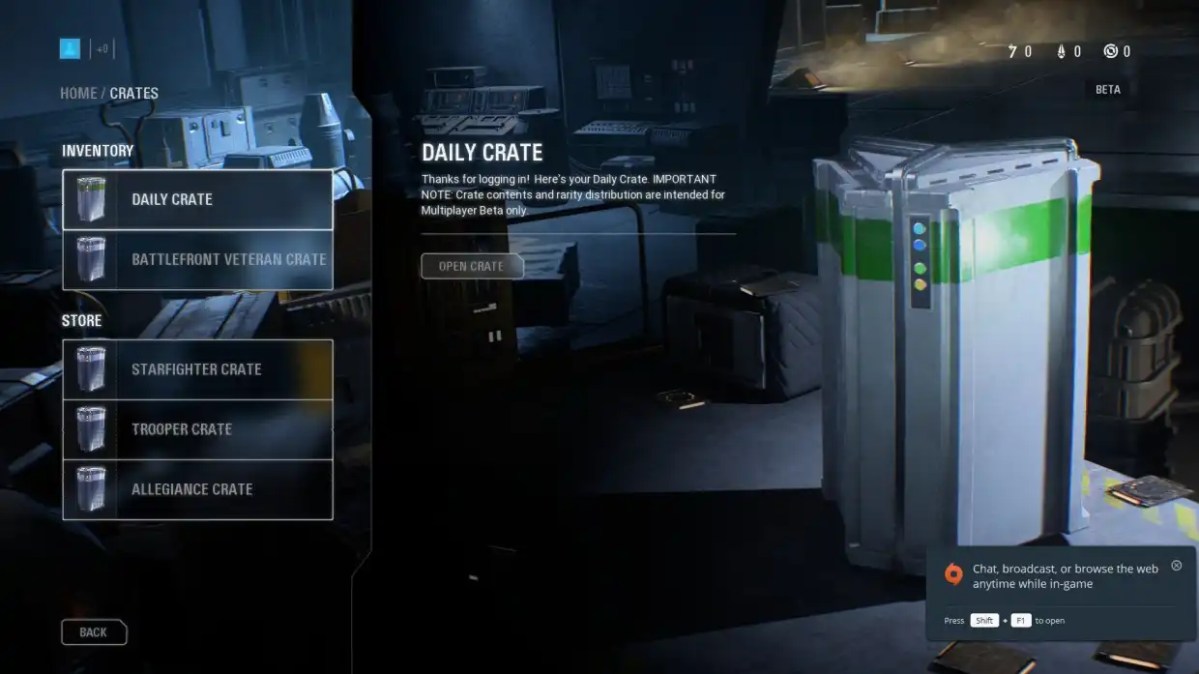
Image: Ubisoft
Loot boxes in video games and mobile games have become less of a flashpoint for controversy, but a few years ago they were a major target of ire for both gamers and regulators.
The wheels of justice (or at least of legislation) turn slowly, but they do turn, and Australia is making a big move in this sector. Starting this Sunday, any game sold in Australia with loot boxes will be rated either M (Mature) or R 18+ (Restricted).
For the uninitiated, loot boxes are essentially digital blind boxes. Gamers buy a loot box (or several) in the hopes of finding rare items, weapons, or character outfits. But actually getting what you want is pure chance… and chance that’s artificially slimmed down to an incredible longshot for the most rare and desirable items.
In games like Overwatch and Genshin Impact, the odds of finding a skin of “epic” or “legendary” rarity might be one in several thousand, driven down further by “seasons” and limited-time events that are designed to get players playing… and spending.
Though loot boxes and similar chance-driven reward systems can be trickled out for playing the game itself, the only way to get them quickly in abundance (to up your chances of finding those rare and valuable items) is to buy them directly with real money.
In many games, the contents of loot boxes are cosmetic only, meaning they have zero impact on gameplay. But then you also have examples like EA’s competitive sports games, which put digital versions of real-life sports stars in loot boxes, tying your ability to win to your ability to acquire these expensive loot boxes.

EA
EA
EA
Battlefront 2 tried a similar loot crate system tied to items that gave players of the online shooter distinct and powerful advantages over their opponents. Accusations of a “pay to win” setup came quick and loud.
If all of this sounds like gambling to you, you aren’t alone. According to the Australian government’s announcement (PDF), these updated guidelines for computer game classification are intended to label “gambling-like content in video games”:
- Any game with a randomized loot box system offered for purchase with real money will be given an M (Mature) rating at the very least, with retailers being discouraged from selling such games to anyone under the age of 15.
- Any game with “simulated gambling” — including casino games — will get a far more heavy restriction: an R 18+ rating, making them illegal to sell to anyone under 18.
The summary of the new system (spotted by Tech Radar) makes it clear that games can still use randomized or chance-based reward systems without getting an M rating as long as those systems aren’t tied in with a real-world purchase.
Furthermore, games can still include thematic or visual elements that evoke gambling — say, Sonic 2‘s Casino Night Zone — without automatically being rated R 18+ as long as they don’t actually include the games in question with a gambling element.
Australia is known for having a heavy hand in video game classification, even more so than countries like the United States. Many high-profile games with horror, narcotic, or sexual elements get Refused Classification, effectively making them illegal to sell in the country. It’s a sore subject for Australian gamers, but these new M/R 18+ guidelines are taking direct aim in the pursuit of keeping kids away from loot boxes and addictive elements tied to real-world spending.
After years of pushback from both regulators and gamers, loot boxes have seen a distinct downturn lately. Now the focus seems to be on the similar but far less randomized “battle pass” design, wherein gamers pay a flat rate to progressively unlock rewards through playing.
Even so, randomized loot box setups are still around in games like Genshin Impact and Hearthstone. Games released and classified before the September 22 update to Australia’s system will be grandfathered in… but new content releases may spur a reclassification of existing titles.
Author: Michael Crider, Staff Writer, PCWorld

Michael is a 10-year veteran of technology journalism, covering everything from Apple to ZTE. On PCWorld he’s the resident keyboard nut, always using a new one for a review and building a new mechanical board or expanding his desktop “battlestation” in his off hours. Michael’s previous bylines include Android Police, Digital Trends, Wired, Lifehacker, and How-To Geek, and he’s covered events like CES and Mobile World Congress live. Michael lives in Pennsylvania where he’s always looking forward to his next kayaking trip.





